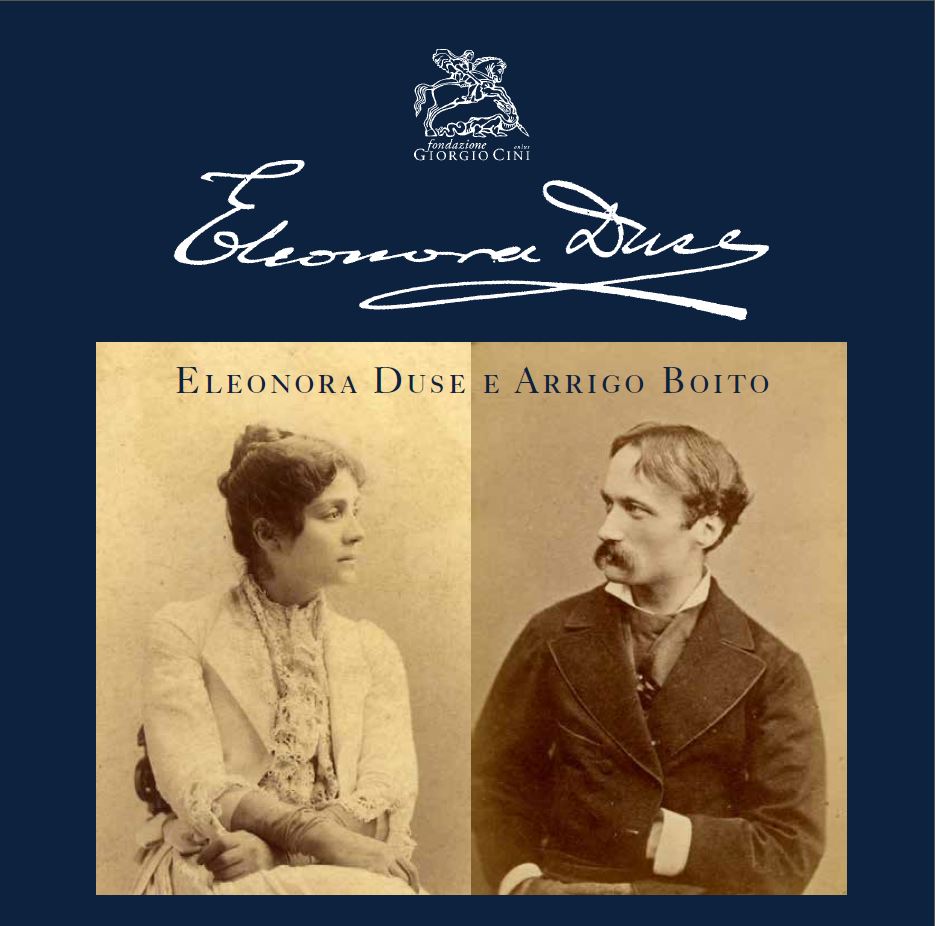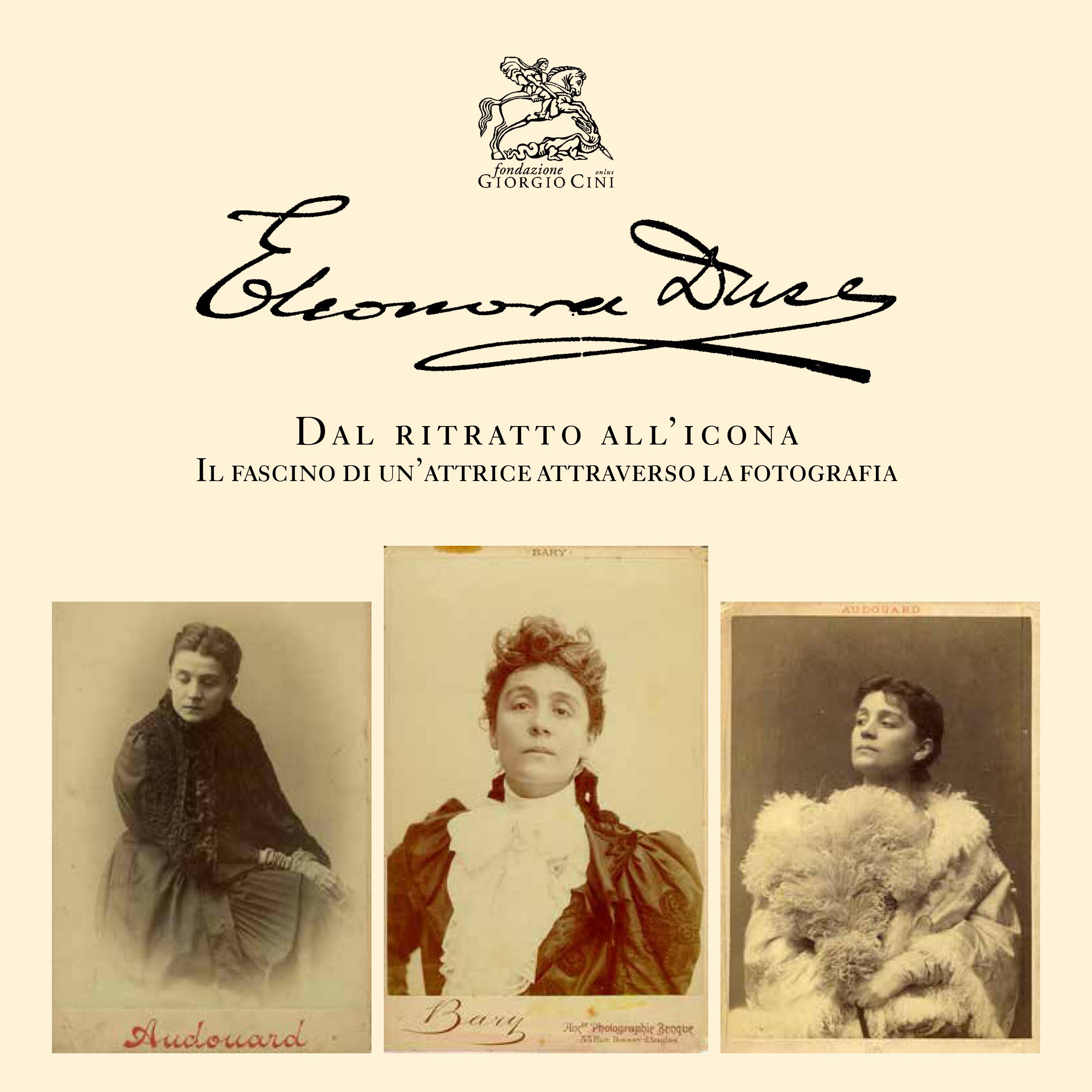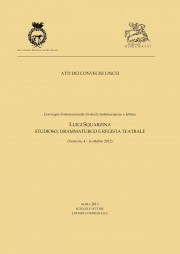The Fondazione Giorgio Cini Institute of the eatre and Opera is playing a leading role in the celebrations to mark the centenary of the death of Arrigo Boito (1918-2018). The commemorations of the great Italian intellectual, writer and composer have already begun with the ongoing exhibition Eleonora Duse and Arrigo Boito. Installed in Eleonora Duse’s Room at the Fondazione Cini (23 November 2017- 20 December 2018), the exhibition consists of documents from the archives kept on San Giorgio. The itinerary of little-known Boito material includes the Duse-Boito correspondence, his annotated scripts of Shakespeare, translated and adapted for Duse, and materials related to the genesis of his operas, such as Nero and Mefistofele. In this way both the human and artistic aspects of the relationship between Boito and Duse are explored. Having met in 1884, they fell in love in 1887, thus marking the beginning of an intense, passionate love story documented by hundreds of letters. The love affair continued through ups and down until 1894, after which they remained lifelong friends. Boito remained an important presence in the great diva’s life even after his death, as is evidenced by the references to the writer in a large number of her autograph documents.


